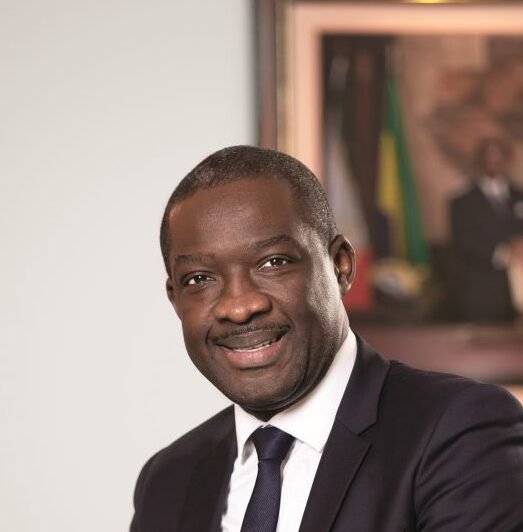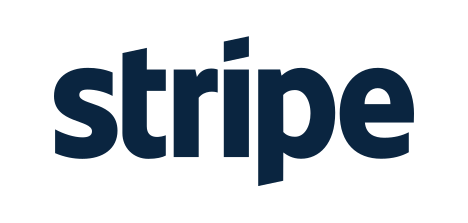
Interview with Séverin Maxime Anguile, Director General of the National Health Insurance and Social Guarantee Fund (CNAMGS) since November 7, 2019. This former insurer is fully aware of the challenges of social protection in general, and those of Gabonese health coverage in particular.
What is your managerial vision for CNAMGS?
Since the President of the Republic, Head of State, His Excellency Ali BONGO ONDIMBA, gave me the great honour of entrusting me with the management of CNAMGS, I have been measuring my responsibility every day.
I must say that unlike companies whose social impact is not obvious or is only evident in terms of CSR actions, all of CNAMGS's missions are social.
Indeed, out of an estimated population of 2.2 million inhabitants, with 1,700,105 insured persons, the CNAMGS covers 74.6% of the population.
This makes my role more exciting on a daily basis, because the CNAMGS affects the population as well as businesses and institutions.
For your information, the mandatory health insurance and social security scheme is a powerful social instrument, created, financed, and managed by Gabonese citizens for the benefit of all, without exception. The CNAMGS is therefore a source of national pride.
This feeling fuels my vision which is to “Put the insured back at the heart of the CNAMGS operational model”.
What are the challenges facing CNAMGS after 15 years of existence?
From the outset, it should be noted that the CNAMGS is a unique health insurance model in sub-Saharan Africa, where the majority of social security organizations manage pension schemes.
It comprises 3 Funds: Fund 1 for private sector employees;
Fund 2 for public agents and Fund 3 dedicated to economically weak Gabonese, known as GEF, and similar.
Thus, the main challenge for the CNAMGS is to optimize the support provided to GEF policyholders, who are the most vulnerable.
This involves important actions, including:
– the redefinition of the GEF status. Started by making the GEF file more reliable, the identification of new criteria for granting status is being studied with the involvement of all national and international stakeholders, such as the World Bank;
– the operationalization of Fund 4 for self-employed workers and voluntary insured persons, craft, commercial and liberal professions will make it possible to switch several insured persons from Fund 3 with contributory capacity to Fund 4 and will thus make the system universal;
– the digital transformation process of CNAMGS services, currently underway, will contribute to better control of technical expenses (fight against fraud);
– the reduction of health deserts through the operationalization of basic health departments by the Ministry of Health and their agreement with the CNAMGS, within the framework of the 2021-23 Transformation Acceleration Plan.
What are your results to date?
For the year 2021, we can note that:
– Fund 1 contributions increased by more than 20 billion, from around 35 billion in 2020 to more than 59 billion in 2021. This is due to the checks and adjustments carried out upon the resumption of economic activity;
– operating expenses have decreased, from 19 billion in 2020 to 16 billion in 2021;
– technical expenses increased by 6.6%, from 58,778,423,137 FCFA in 2020 to 62,638,644,602 FCFA, due to the more frequent use of health professionals by insured persons; medication expenses represent 34% of technical expenses.
As of December 31, 2021, the accounting result of CNAMGS improved significantly; the deficit decreased drastically by 1.4 billion compared to 12 billion in 2020.
There has also been a significant improvement in CIPRES' prudential ratios, a guarantee of good governance. This includes the administrative expense ratio, which fell from 36% in 2019 to 17.6% in 2021, with the standard being 15% of technical income generated, and the personnel expense ratio being 63.60%, when the standard is at most 85% of operating expenses.


















 A Seat That Transforms into a Bed
A Seat That Transforms into a Bed  In the world of air travel, economy class is often considered the most affordable option. However, at Air Afrika, we believe that affordability shouldn't mean compromising on quality of service. Our class
In the world of air travel, economy class is often considered the most affordable option. However, at Air Afrika, we believe that affordability shouldn't mean compromising on quality of service. Our class







